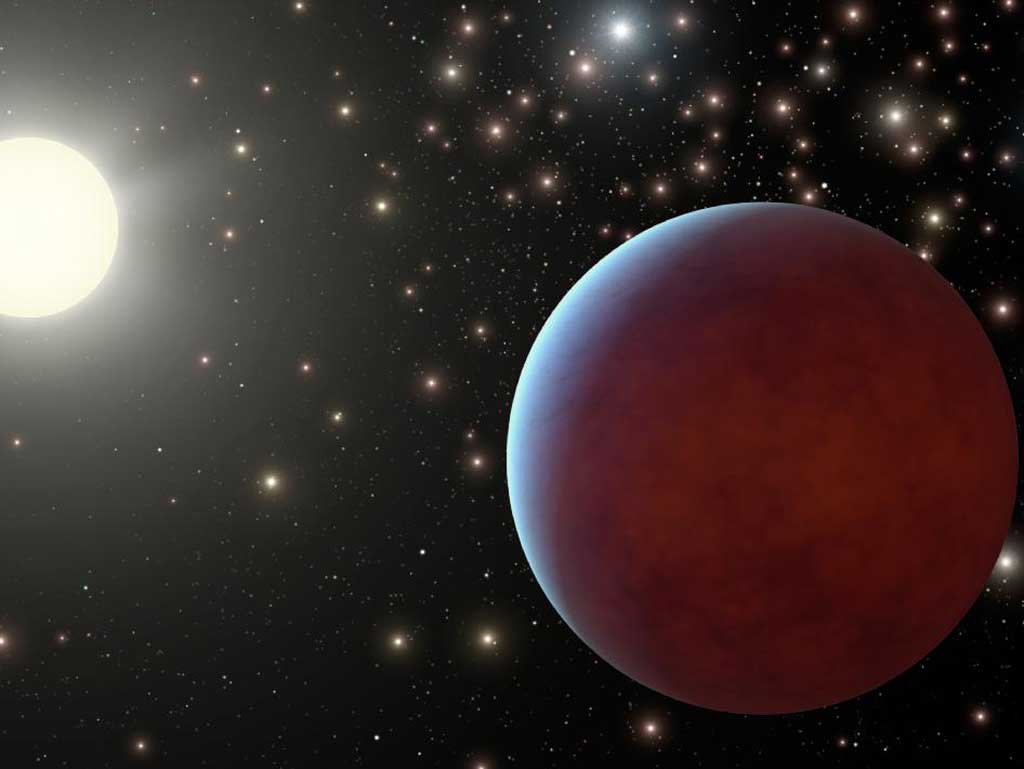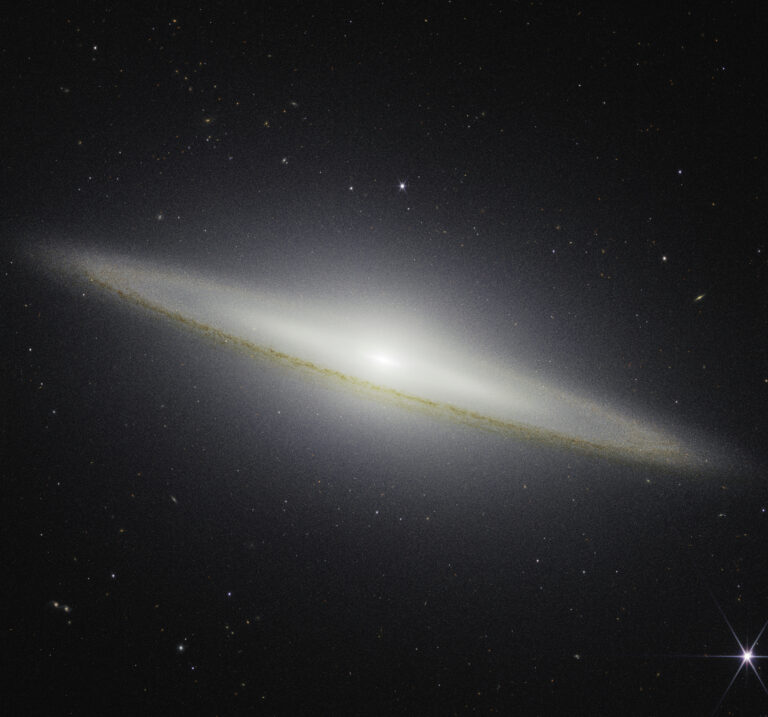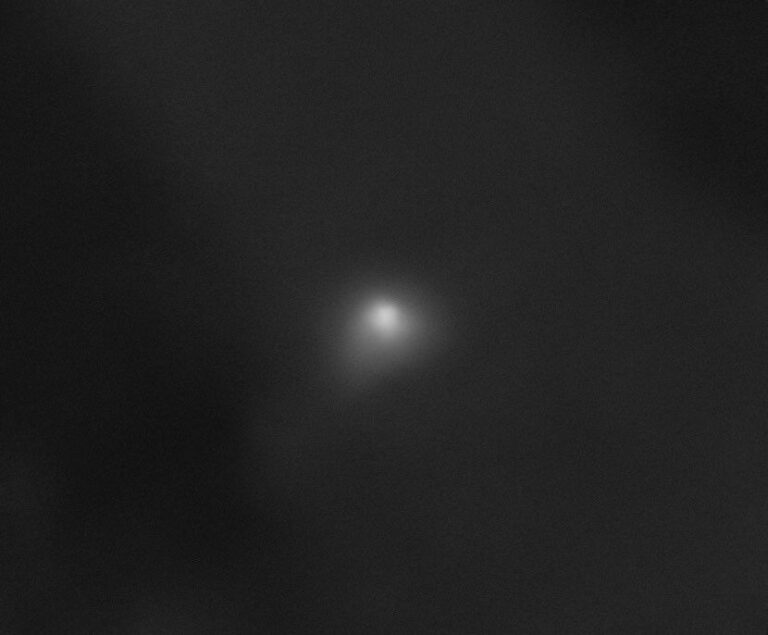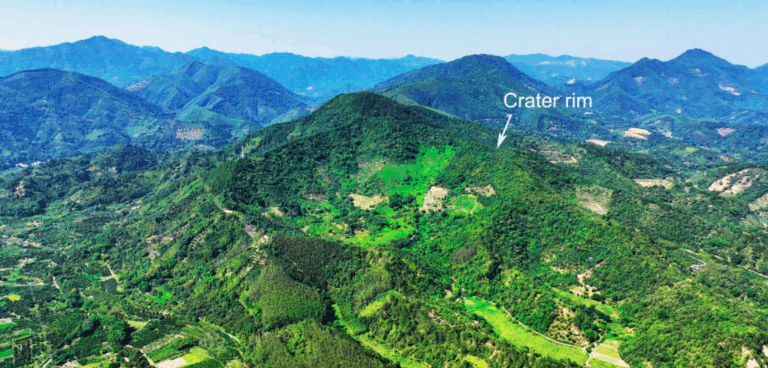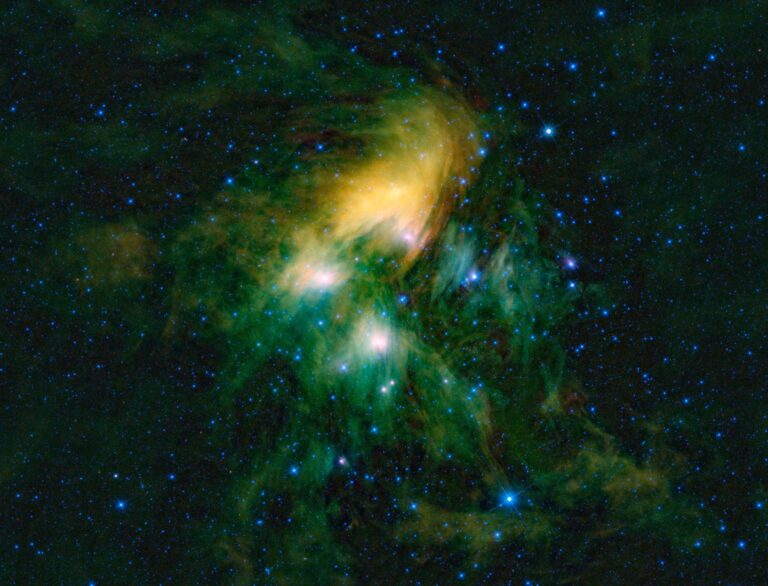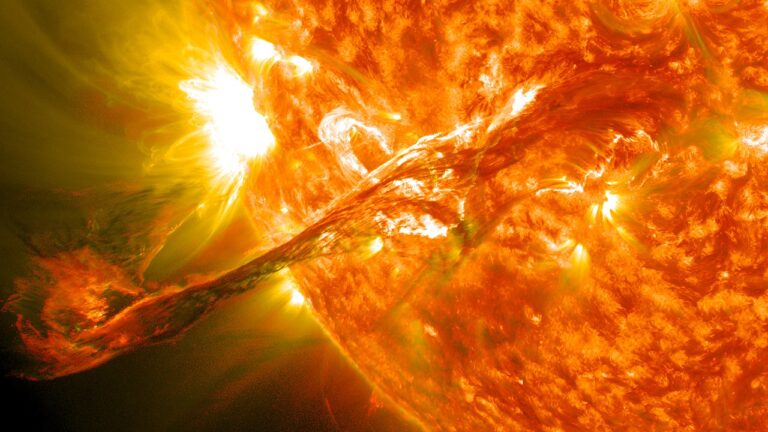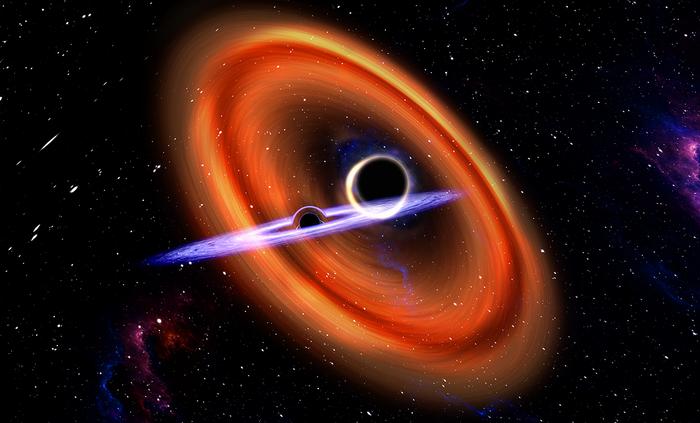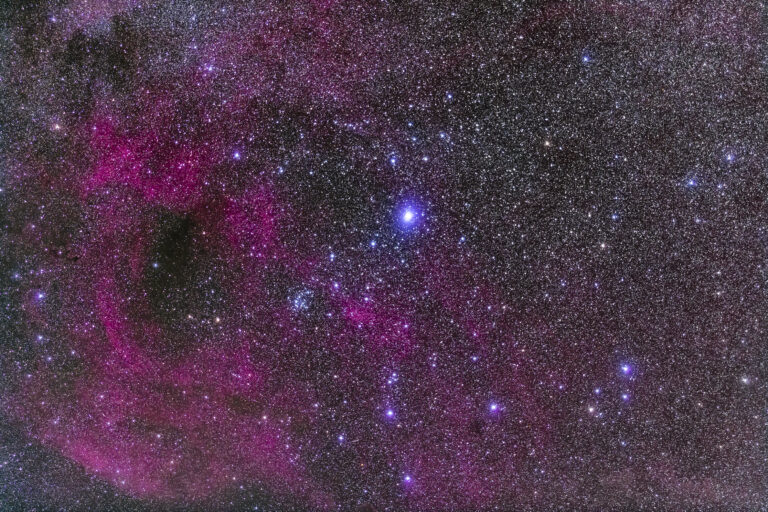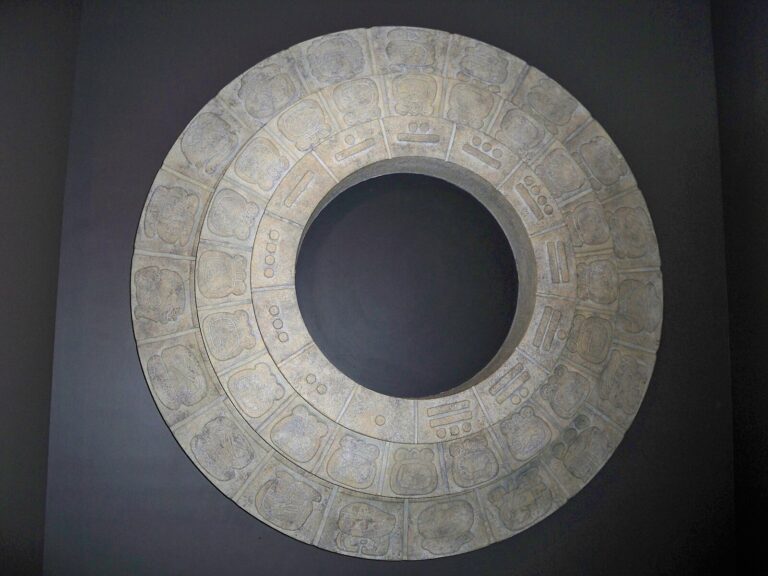Key Takeaways:
- Gas giants have solid cores surrounded by layers of gas and liquid.
- A planet's mass determines its gravitational pull, regardless of composition.
- Uranus and Neptune are mostly composed of water and rock.
- Gas giants formed from smaller, solid protoplanets that accumulated gas.
Uranus and Neptune are actually mostly “cores,” as water and rock make up 80 to 85 percent of their total mass. The hydrogen/helium atmospheres we see are just the outermost layer. We do not know the composition of Jupiter and Saturn’s cores very well, but we try to understand their interior structures by studying the complex configurations of their gravity fields. Saturn has a core of 10 to 20 Earth masses; Jupiter’s core is at most 15 Earth masses — although it might have no core at all. We can’t yet tell.
Some 4.5 billion years ago, when solar nebula gas still orbited the Sun in a disk, solid bodies could accrete material to form 10-Earth-mass solid protoplanets made of ice, rock, and iron. The gravity of these protoplanets pulled in tremendous amounts of gas from the nebula to make the gas giant planets we see today. From ultra-high-pressure laboratory experiments and calculations, we estimate what these cores are like now. The rock and iron would still be solid, but the ice would have melted to liquid and could be getting dredged up into the atmosphere slowly over time. — Jonathan Fortney, University of California, Santa Cruz

